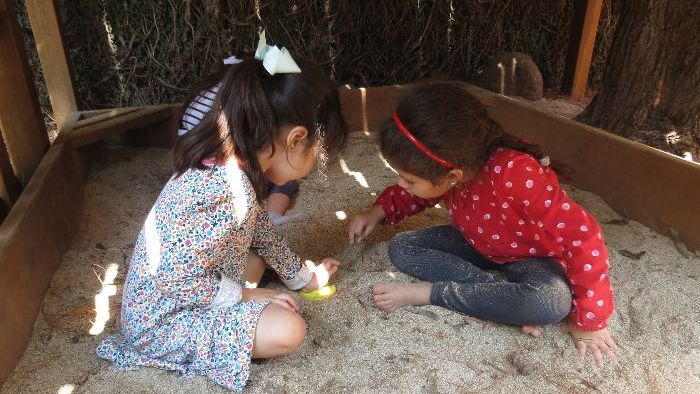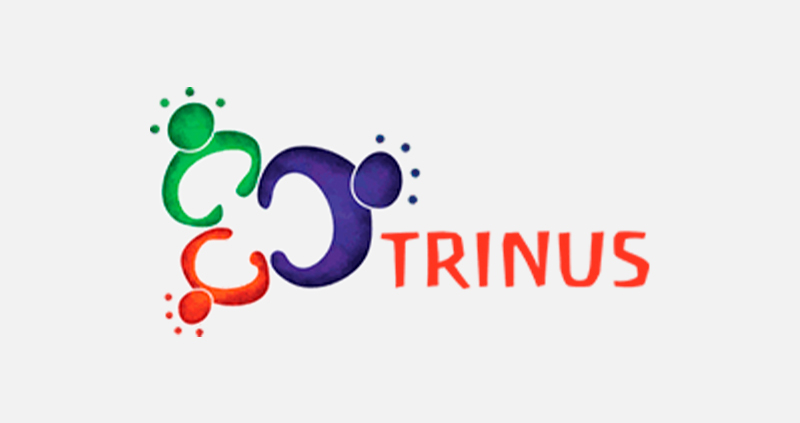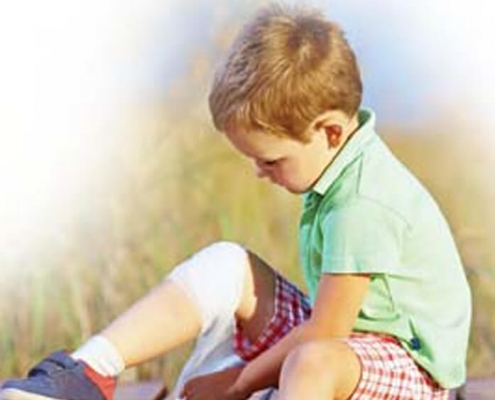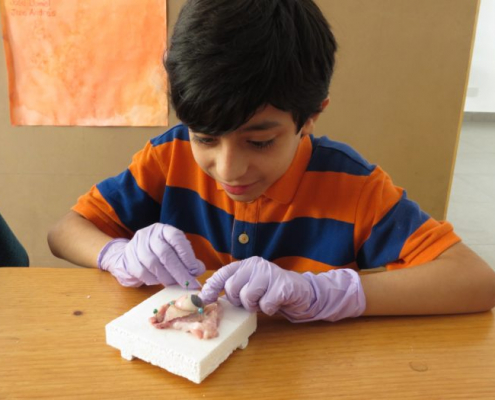Role of Movement in Learning
Written by Charity Muli, Trinus´ Educator with a Waldorf Certificate
We all need to balance in everything we do in order to get a holistic result, and I strongly believe that movement in learning is the best approach for a healthy mind, body and soul.
If you walk into any Waldorf classroom at certain times of the day, you will likely see children jumping the rope, dancing, doing activities with bean bags, tossing balls, or a variety of other activities that involve movement. Waldorf children will also create their own games very quickly when no equipment is available during playtime. This is quite unique and tells you that flexibility and creativity is developing in the children’s minds.
You may wonder why we give so much emphasis to movement and not so much to seatwork. Often people tend to think that learning only happens through the mind, but this is not the case. If you experience with your body a topic that you want to write down in your notebook, chances are that you won’t easily forget that lesson. For instance, I have taught children who love skipping, singing with gestures, modeling, dancing and acting out stories during a Math lesson in first grade. The uniqueness of this approach is the fact that the child gets to own the concepts and therefore, they can recall easily in later years, especially if the experience was fun and alive. This is the joy of learning that becomes an experience.
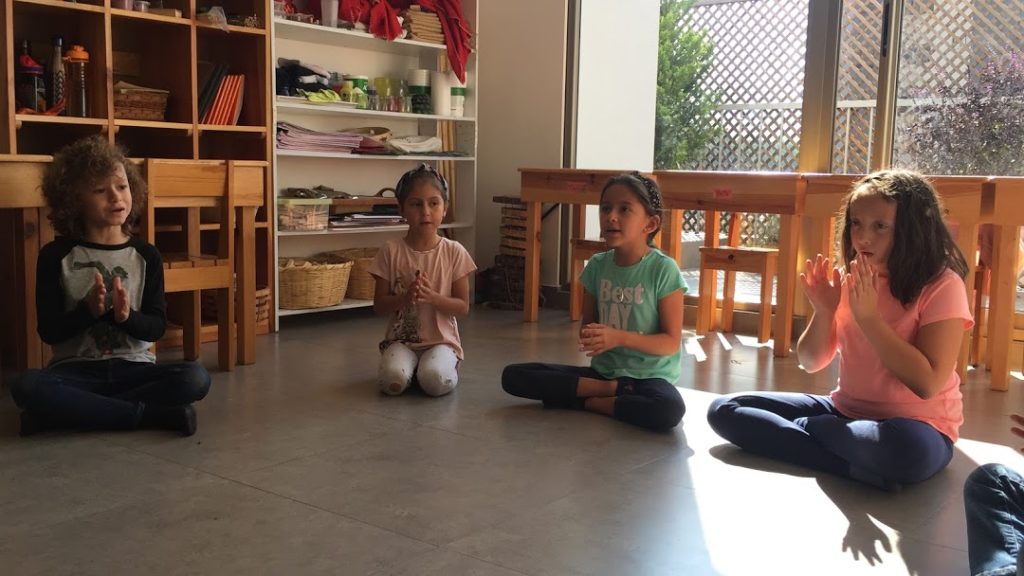
Sometimes, when children grow up, they tend to delay their milestones for one reason or another. It may happen because of physical obstacles, lack of proper development of the senses or retaining any early developmental movements, to mention just a few. If there are any of these obstacles, this may translate as well in a delay in learning. This means that the student is having to unconsciously spend extra time and energy getting their body to function the right way. This could manifest in a lack of abilities to absorb new information through their senses, or difficulties to assimilate content presented in class.
The good news is that there are ways to help remediate such challenges and remove barriers that some children (or adults) may experience to help them reach their full potential.

- Avoid walkers and carriers and allow lots of floor time for babies.
- Allow child-directed unstructured free time.
- Encourage your kid to help with chores such as wiping, mopping. Even some heavy work for the more energetic children such as raking and shoveling, etc.
- Let the children freely explore their environment ( Let them climb trees and get dirty!)
